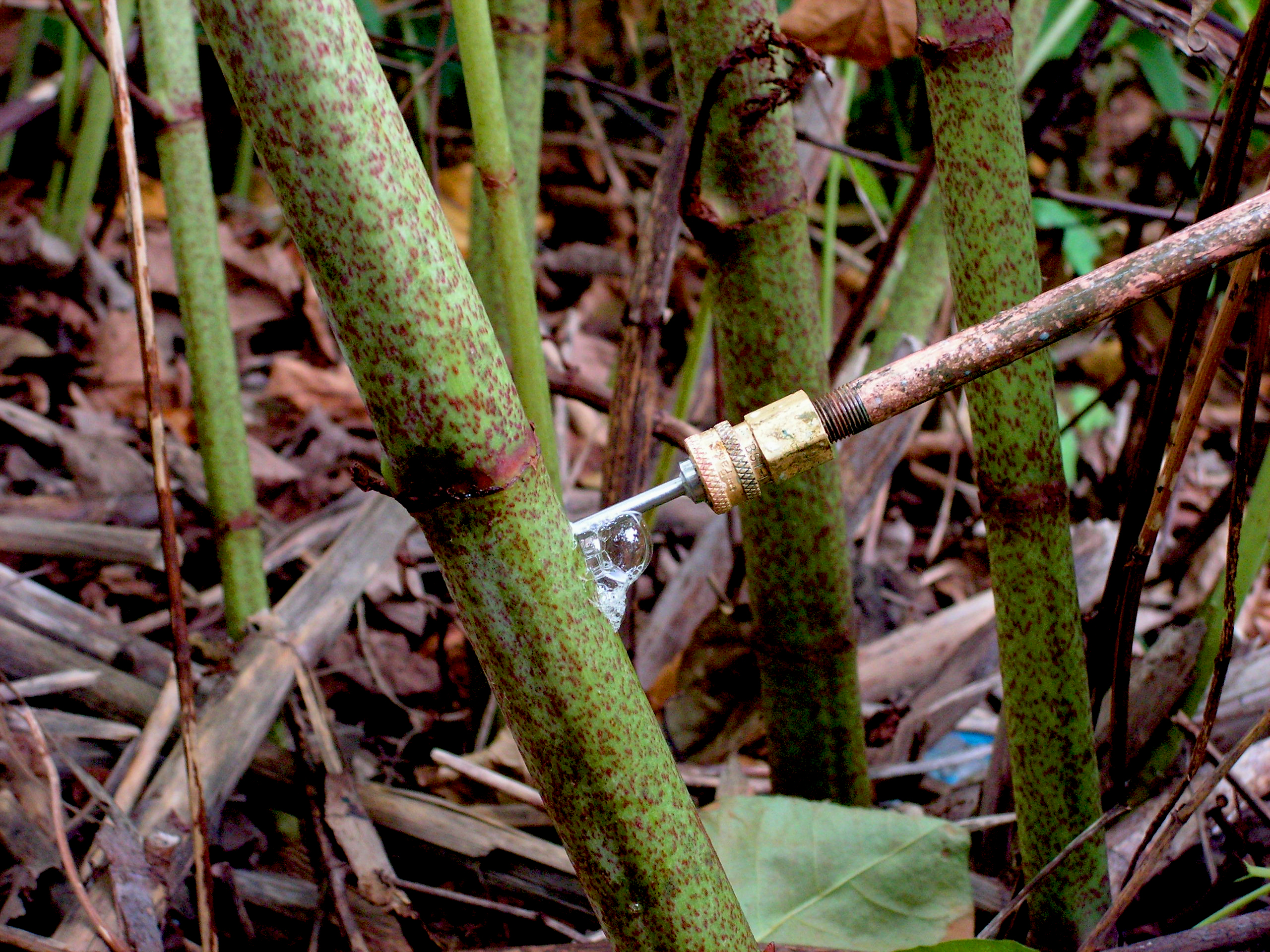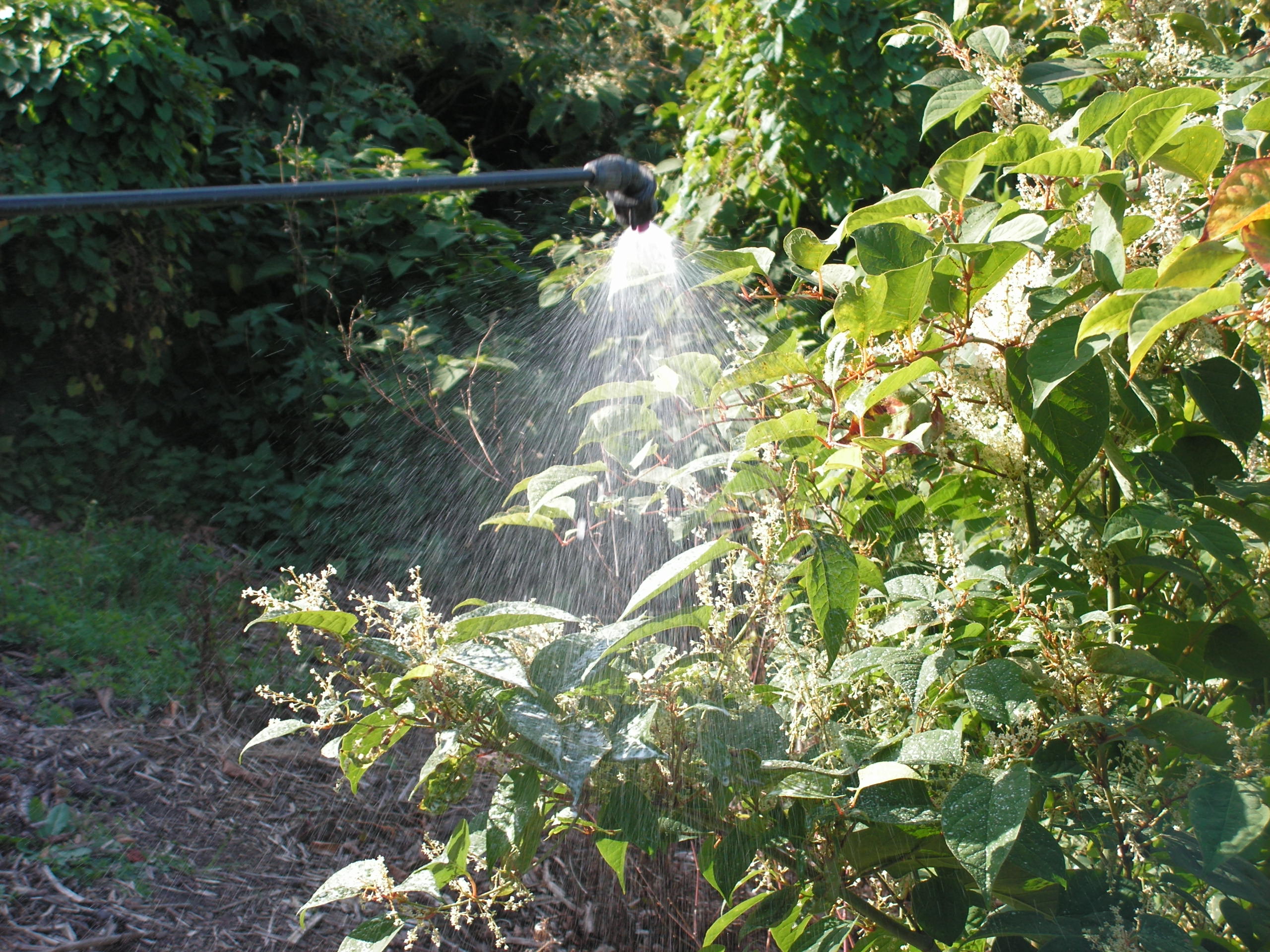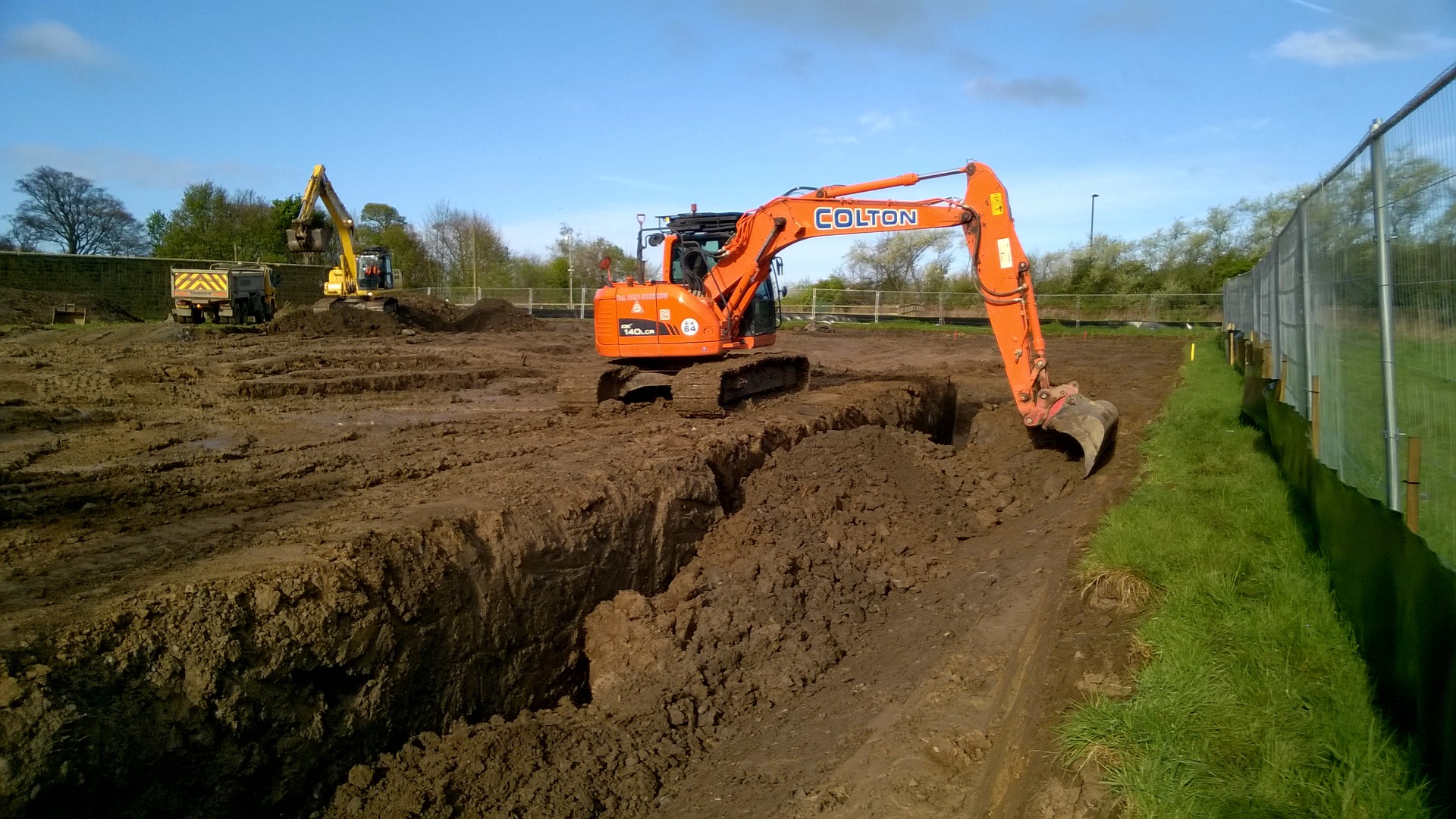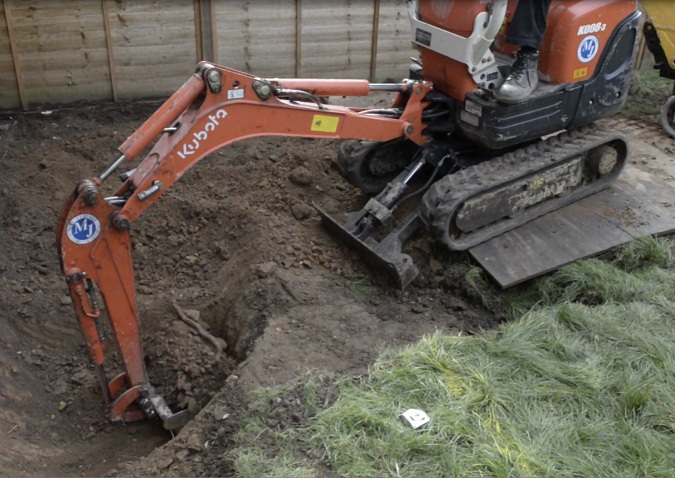We often get asked if it’s possible to kill Japanese knotweed, or how to destroy Japanese knotweed. The answer is knotweed cannot be ‘killed’ it can only be controlled or removed from site to a landfill centre licensed to receive noxious waste.
But let’s explore the options in more detail.
Doing it yourself
This is probably one of the most thought of options by a lot of homeowners, landowners and commercial businesses. But the harsh reality is, whilst many people manage to dig it up themselves, DIY is not a solution. Due to complex legal issues around knotweed disposal it could land you with a hefty fine. Knotweed cannot be disposed of by binning, tipping or burning – it is illegal.
The reason we’re members of official trade bodies (such as Property Care Association) is so we can assure our clients that our knotweed works are carried out under full legislative compliance. We can also guarantee our work with an insurance policy.
Herbicide Treatment
This is the least invasive option but does require several planned treatment visits a year – for up to 10 years. Each treatment application will control the plant’s growth, until it eventually reaches a dormant state. Visits are scheduled in at times of the year for optimum efficacy of the herbicide.

Stem injection of herbicide

Foliar spraying
Excavation and removal
The only real way to get rid of knotweed is to by mechanical method – digging it up. You could do this by hand, but an excavator is usually required, plus there’s the license to take the waste soils off site to a licensed landfill to comply with government legislation. The important thing here is that all fragments of knotweed must be removed as even a tiny piece of rhizome root left in the ground will create a new plant – and you’re back to the initial issue of having knotweed in the ground.

Commercial excavation

Residential excavation
Brush cut of stems
Knotweed canes can be cut down at the end of the growing season (called brush-cutting). Whilst this will remove the vegetation above ground, it does not affect the below ground rhizome root systems which are the power house of the knotweed plant.
With these still intact underground, come the new growing season they will sprout new shoots. However, brush cutting the canes does allow for easier treatment or excavation, and is a popular method for preparing the ground for either option.

Winter canes can be cut down ready for next season treatment or excavation.
Biological control
There isn’t really any effective method of biological control. There is a psyllid native to Japan that can be used to control Japanese, giant, and Bohemian knotweeds. The insects feed on the leaves and stems of knotweed by removing sap with its mouthparts. However this merely reduces the above ground parts of the plant, so comes with the same issue as brush cutting.
Summary
There are really only two effective methods of killing (or getting rid of) knotweed, and they are by controlling it (with herbicides) or digging it up and removing from site. To get the ball rolling we recommend a survey – this will provide you with accurate findings of knotweed (or not) and the extent of knotweed you’ve got to deal with. We can help with that – our teams are local to you.


